
The chances are high that hazardous drug residue exists wherever the drugs are present. What can nurses do to reduce their risks?

The chances are high that hazardous drug residue exists wherever the drugs are present. What can nurses do to reduce their risks?
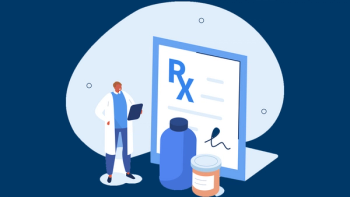
Nurses may think that if they are careful, their routine drug administration activities will not result in hazardous drug leaking and exposure, but even small leaks are problematic.
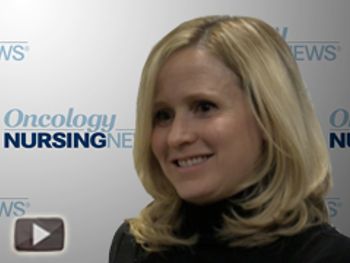
Kim Christen, RN, BSN, OCN, discusses the issue of safe handling and how the onsite pharmacy at Kootenai reinforces safety.

Despite the warnings, adherence to safe handling precautions by healthcare practitioners is uneven; understanding the risks are essential.
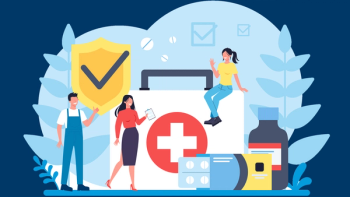
Recent recent update to ASCO/ONS standards for chemotherapy administration safety include considerations for a safe healthcare environment, treatment planning, patient education, and consent.
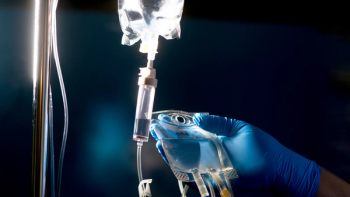
Oncology nurses are administering hazardous drugs every day. While some take precaution by using Personal Protective Equipment (PPE), others take a much riskier approach.
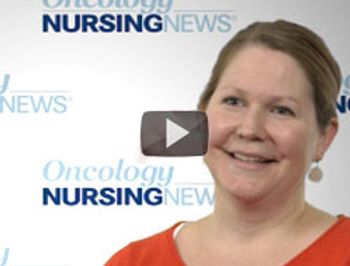
Amy Callahan, RN, DNP, CRNP, AOCNS, nurse manager, Sidney Kimmel Cancer Center at Thomas Jefferson University, discusses barriers to safe handling of chemotoxic materials.
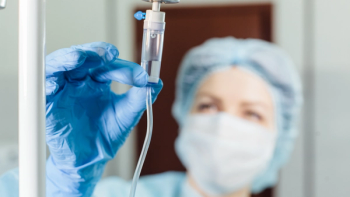
Despite its safeguarding purpose, a new study has found that nearly half of healthcare personnel contaminated themselves while removing personal protective equipment (PPE).

In her role as division head of Occupational & Environmental Medicine at the University of Maryland, Melissa A. McDiarmid, MD, MPH, spends a lot of her time working with individuals who have been occupationally or environmentally exposed to toxic substances..

As the new USP Chapter 800 regulations for the handling of hazardous drugs are being finalized, stakeholders-including oncology nurses-are preparing for a renewed emphasis on the safe preparation and administration of chemotherapy in their daily practice.

Big changes are ahead for oncology nurses and other healthcare professionals who prepare and administer hazardous drugs, as new regulations for safe handling are being finalized by the US Pharmacopeial Convention (USP).
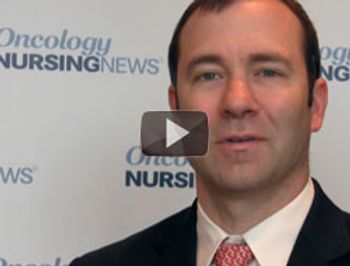
Christopher R. Friese, PhD, RN, AOCN, FAAN, assistant professor, Division of System Leadership and Effectiveness Science, University of Michigan School of Nursing, discusses the National Institute for Occupational Safety and Health (NIOSH) $2.3 million research grant that will be used to identify exposure risks.
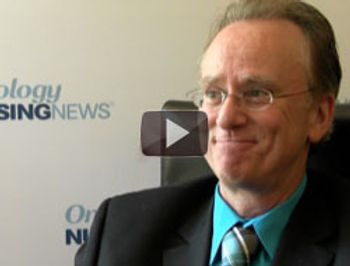
Seth Eisenberg, RN, ADN, OCN, professional practice coordinator, infusion services, Seattle Cancer Care Alliance, discusses using a multilayered approach to chemotherapy safety.
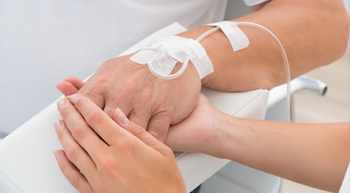
In September of this year, the National Institute of Occupational Safety and Health (NIOSH) announced a $2.3 million research grant involving 11 of the nation's leading cancer centers.

Several of the nation's leading oncology nurse advocates for raising awareness of the importance of safe handling of chemotherapy drugs gathered recently to discuss some of the current challenges they face in their practices, along with risk reduction strategies that, if adopted, would benefit nurses nationwide.
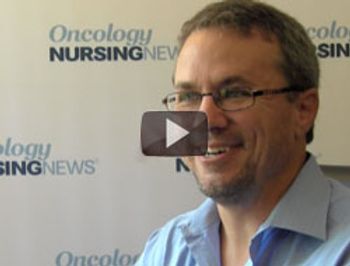
Michael Smart, RN, BSN, OCN, nurse educator, Huntsville Hospital, Huntsville, Alabama, discusses way to improve chemotherapy safe handling.
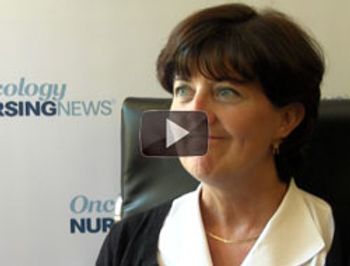
Marianne Davies, RN, MSN, ACNP, AOCN, Smilow Cancer Hospital, Yale School of Nursing, discusses the importance of chemotherapy safety.
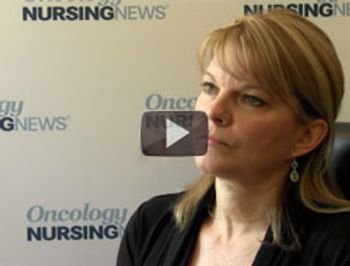
MiKaela Olsen, MS, RN, AOCN, clinical nurse specialist, Sidney Kimmel Comprehensive Cancer Center at Johns Hopkins, discusses chemotherapy safety among oncology nurses.

Underscoring the need to raise awareness among oncology nurses of the importance of adhering to safety precautions when administering chemotherapy and other hazardous drugs, the NIOSH has awarded a $2.3 million research grant to identify exposure risks and promote strategies to combat them.

Seth Eisenberg, RN, ADN, OCN, professional practice coordinator, infusion services, Seattle Cancer Care Alliance, discusses the importance of practicing total chemotherapy safety when nurses handle chemotherapy.
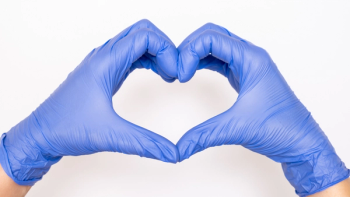
April is National Safe Handling Awareness Month, a great time to spotlight the ongoing importance of implementing safe practices when handling chemotherapy and other hazardous drugs in the oncology setting-not only for healthcare practitioners, but for patients and their caregivers, too.
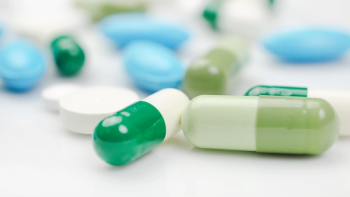
Occupational exposure to hazardous drugs is a known risk of working in settings in which these drugs are administered.